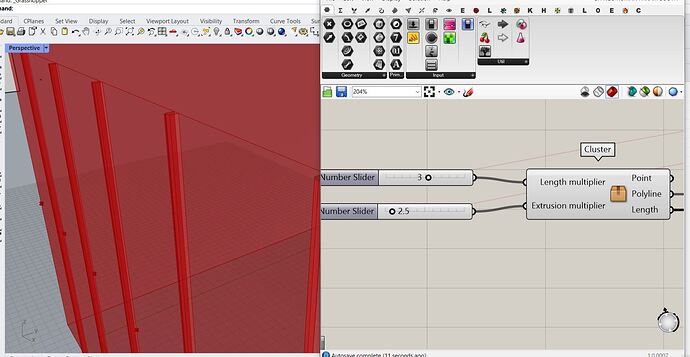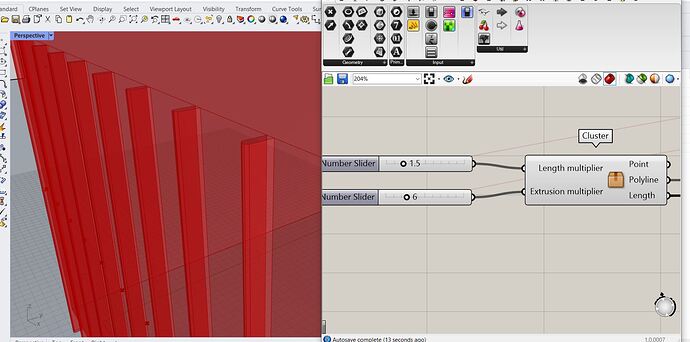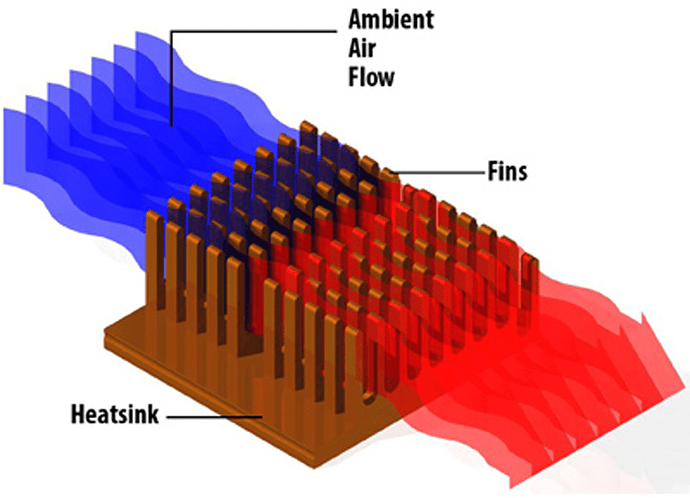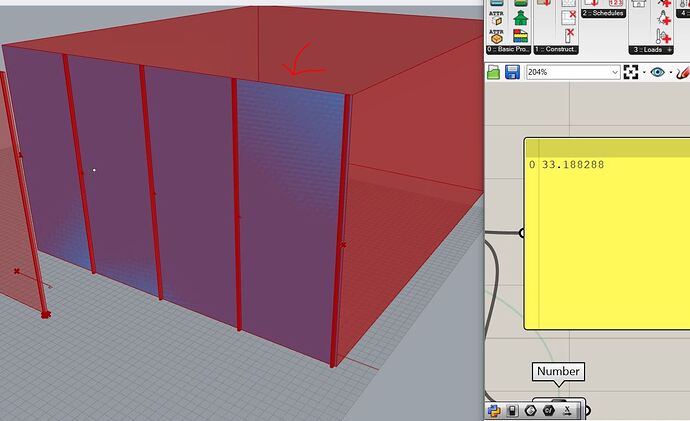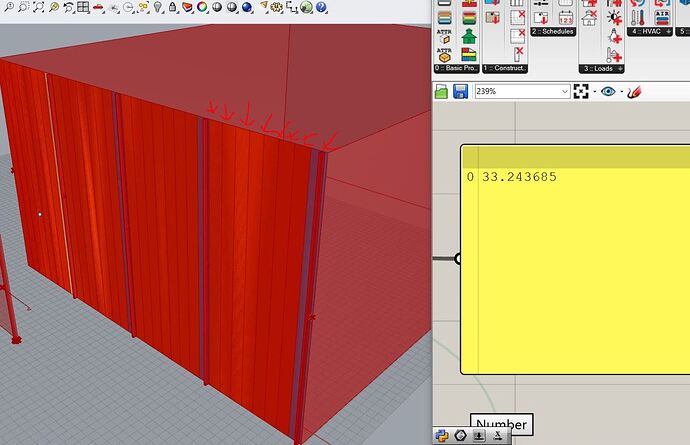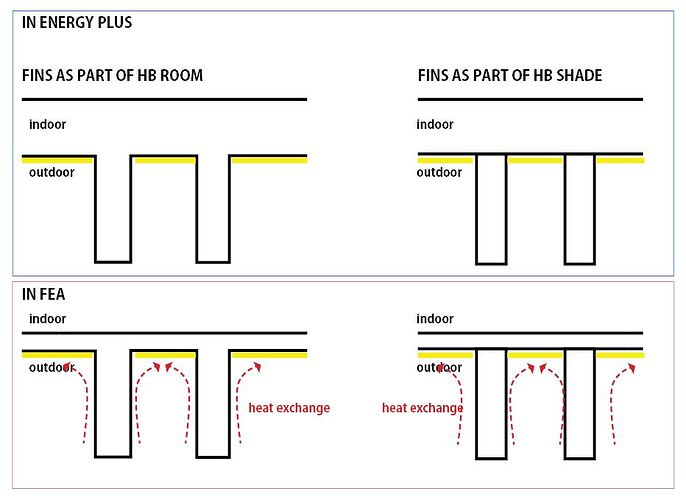Hi @ricardo, interesting discussion!
It’s always interesting to think about the limitations of EnergyPlus and 1D heat transfer. A few things I would like to throw into the discussion:
Fins as heat sinks
I don’t think that such a fin density is analogous with heat sinks, in which maximizing contact area between the flowing volume (gas or fluid). There is an example application from COMSOL here, in the example files you will find a pdf describing the assumptions and
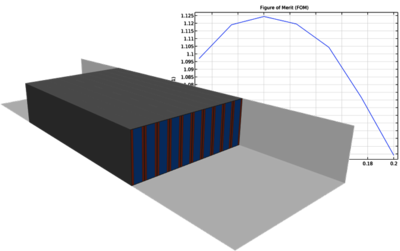
Material properties
In reality all the assumptions that EnergyPlus (or Therm up until the recent beta) make about materials such as calculating with a constant thermal conductivity is questionable. In reality it is always dependant on the temperature and relative humidity. In your example the glazing is not prone to high absorption, but solar exposure really affects the surface temperature, and these neglections might play a role inner even larger fluctuations than ~1C.
CFD
The external part of your study is heavily influenced by convection between your window pane-fin geometry and external air. Wind speed, direction, turbulences and their fluctuations would also impact your result - I’m not sure about the extent though, I’m just thinking out loud here.
This is usually modelled with the finite volume method, whereas solid materials use the finite element method. For the LBT ecosystem you can have Butterfly incorporated to your workflow, which uses OpenFOAM as the engine.
Coupling
When it comes to making EP results more accurate, soon you realise that nothing is “simple” anymore: most assumptions can be questioned, but the effort it takes to properly model these things in 3D, grows pretty fast. You would need to use engines capable of heavy coupling between not only various modes of transport (heat, moisture, air), but as a result, coupling between different solving methods (finite element and finite volume). This is far from trivial, and I am a complete noob in this area.
Suggestions
I would simply consider the fins as shades, maybe account for the thermal bridging happening at those details, and go grab a beer soon after, because the other routes are significantly more time consuming and I have doubts about the level of improvement introduced in your results. In order to make your simulation more grounded, you could use Therm (free to use) to get a more granular understanding of temperature distribution in this structure. You can look at various boundary conditions, and maybe interpolate through the year. But keep in mind, that these results will have their own biases and errors! It won’t consider e.g. thermal diffusivity of the materials, as it is steady state. For transient simulations (and introducing hygric assumptions), WUFI is a great start, although you need to venture into a more costly territory. In order to properly model in 3D, I suggest and use COMSOL Multiphysics, but that costs both your kidneys twice. At least you will have a more serious looking graphical image and spent weeks on simulating a month worth of results. In this case, you will lose other information, such as internal boundary conditions as a results of occupancy, lighting power density, appliances, HVAC and thermal zoning, etc, mentioned by @SaeranVasanthakumar in the post above me.
Jokes aside, don’t forget that we are trying to do surgery with a blunt axe here, the “performance gap” exists for many reasons, partially for these discussed above.
I think your question is deep within this gap, I have no idea which assumptions would bring you to the “close enough” range…
